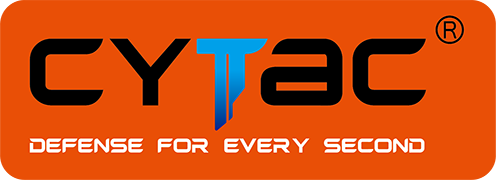Chances are that before you purchased your gun, you put in long hours of research about which one was right for you. In these uncertain times, it is paramount that we are ready and able to defend ourselves and our loved ones from all threats both at home and out in the world. Handguns are a great defensive tool to have on hand when they’re needed but selecting the right gear for the job can be just as important. Keep reading for a few tips on how to choose the right gun holster for your needs!
1. Consider the Material
1.1 Kydex is a form of thermoforming plastic. It’s an acrylic- polyvinyl chloride material. It is lightweight and strong.
- PROS: maintain its shape even after years of use; lower start-up cost; DIY; no “break-in” period; extremely lightweight and less expensive than leather;
- CONS: easy to deformed after heating; noisier than drawing from leather or nylon; wear against the finish on your gun, particularly around edges and corners.
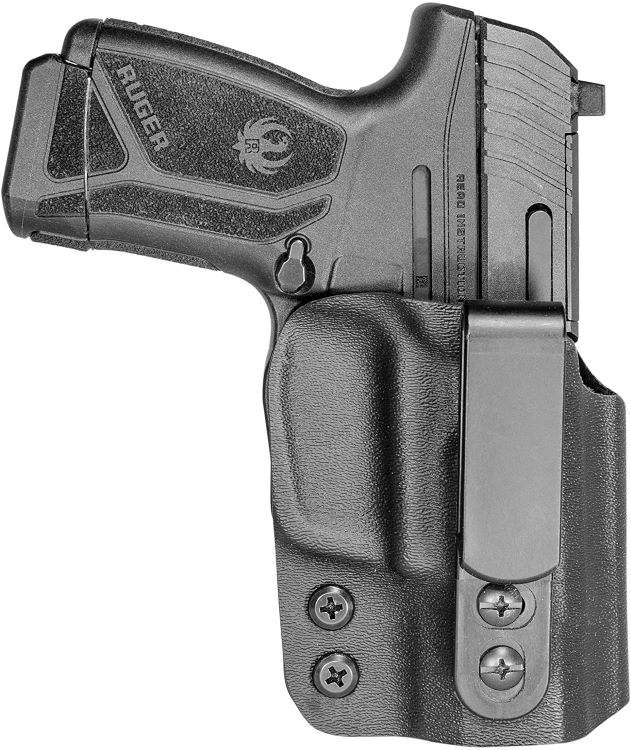
1.2 Injection Molded Polymer plastic is a process where the plastic pellets are heated. The molted polymer is injected into a mold and the polymer is now molded to its new form.
- PROS: good flexibility; high strength; high toughness; high-temperature resistance; harmless to the human body.
- CONS: slightly heavier than kydex holster
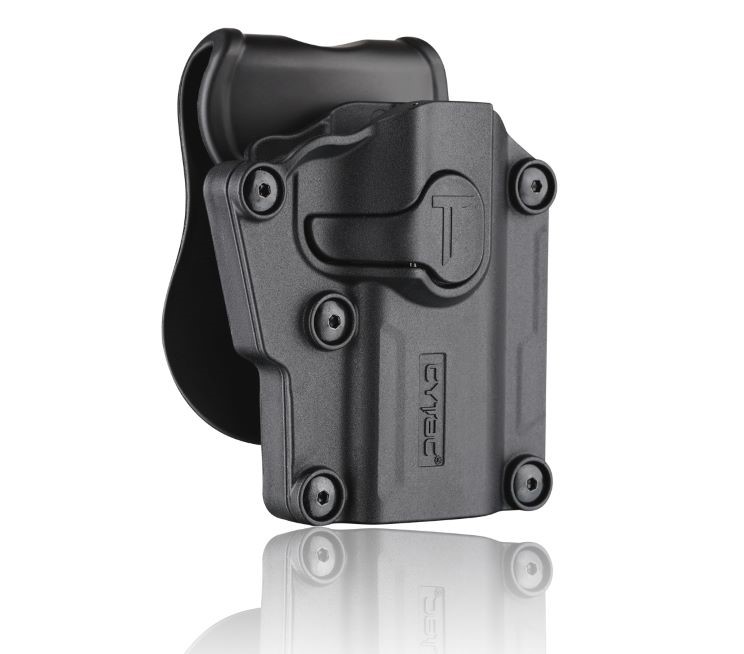
1.3 Leather holster is so tough and resilient, it’s been the standard for generations.
- PROS: flexible and comfortable; silent draw.
- CONS: take a fraction of a second longer than other materials; degrades and provides less support over time; easy to sweat.
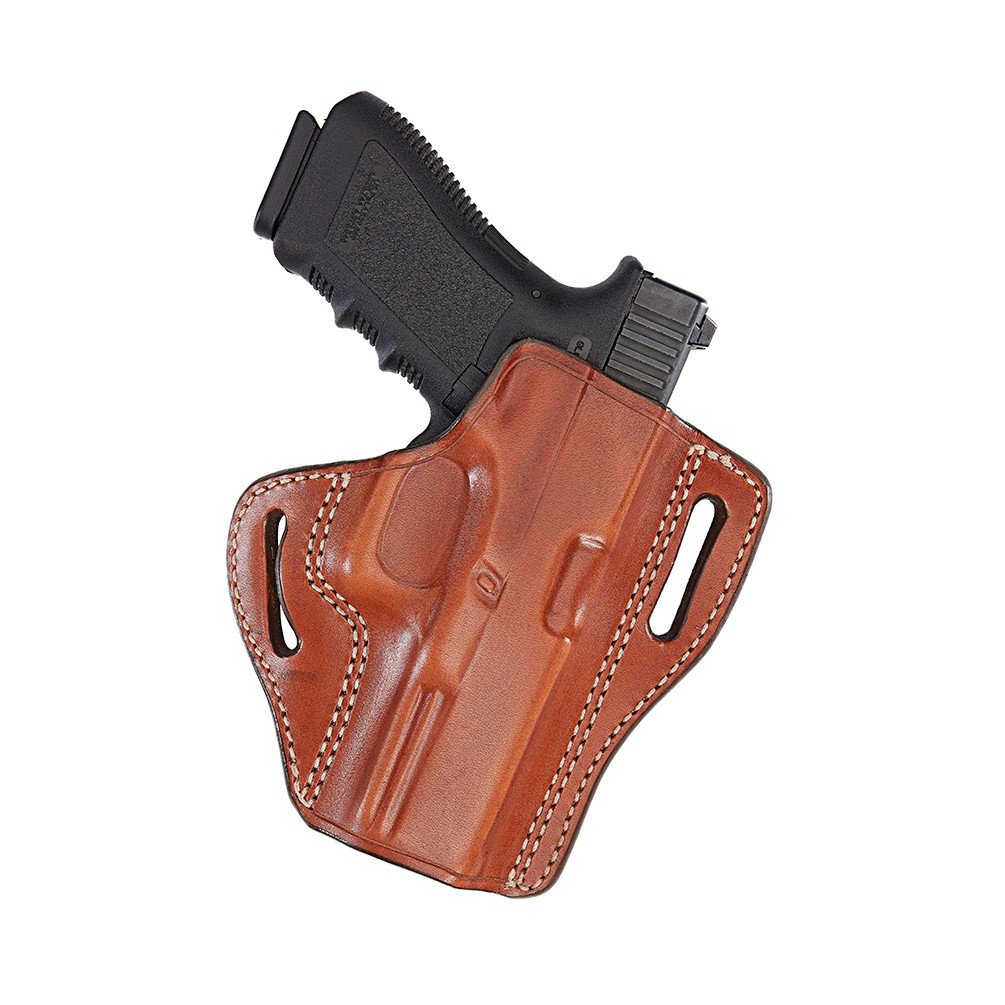
1.4 Nylon holsters can be incredibly durable. You’ll usually find nylon used in OWB and shoulder holsters.
- PROS: cheapest option; more ‘universal’; silent draw.
- CONS: not last as long as other options; Less structure.
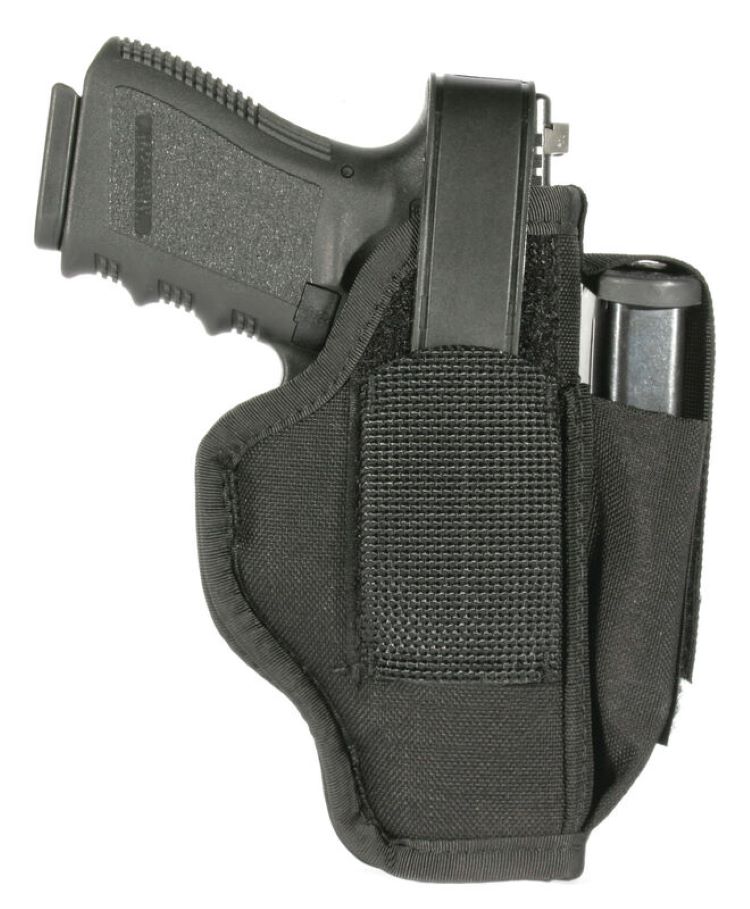
2. Consider Lifestyle
For most people, a simple open-top holster with friction retention is sufficient. However, if you lead a particularly active lifestyle or will be carrying in unusual situations, you should test out holsters that feature some type of retention device to keep your weapon secure at all times.
3. Consider Positions
Good holsters come in left-handed or right-handed options. The most common carry positions are 3 o’clock or 5 o’clock for right-handed people and 7 o’clock or 9 o’clock for lefties. How you choose to position your weapon should be based on your natural draw stroke and accessibility.
Final Thoughts: You may find a variety of holsters are needed — multiple even for each handgun. In the end the choice is yours whatever handgun and holster combination you choose!
